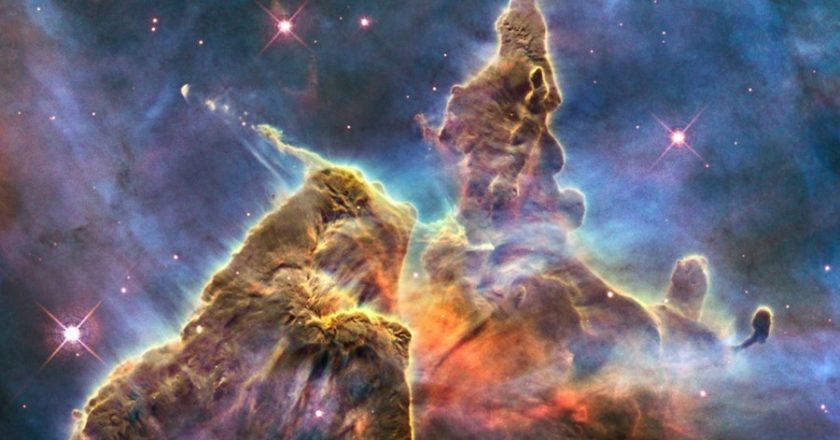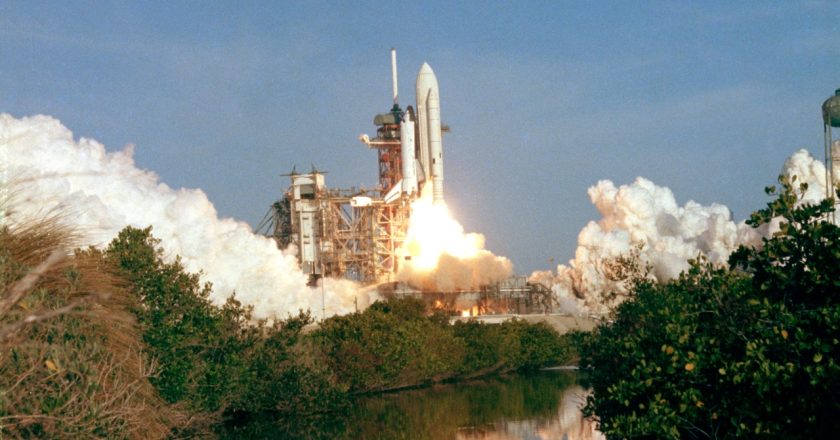Waltz defends ‘Golden Dome’ missile shield amid partisan divide
WASHINGTON — President Trump’s national security advisor Mike Waltz on Wednesday forcefully defended the administration’s Golden Dome missile defense initiative, insisting that the project is not a fad and will remain a top administration priority.Speaking April 30 at the Hill & Valley Forum on Capitol Hill — organized by Silicon Valley tech leaders — Waltz hailed Golden Dome as a strategic necessity. The project — initially introduced as “Iron Dome for America” before being renamed Golden Dome — has emerged as a flashpoint in Washington’s defense policy debate. Proposed as a next-generation missile shield featuring space-based sensors and interceptors, Golden Dome received a major boost in a GOP-backed spending bill. But it’s also drawing sharp opposition from Democrats, who wa...


